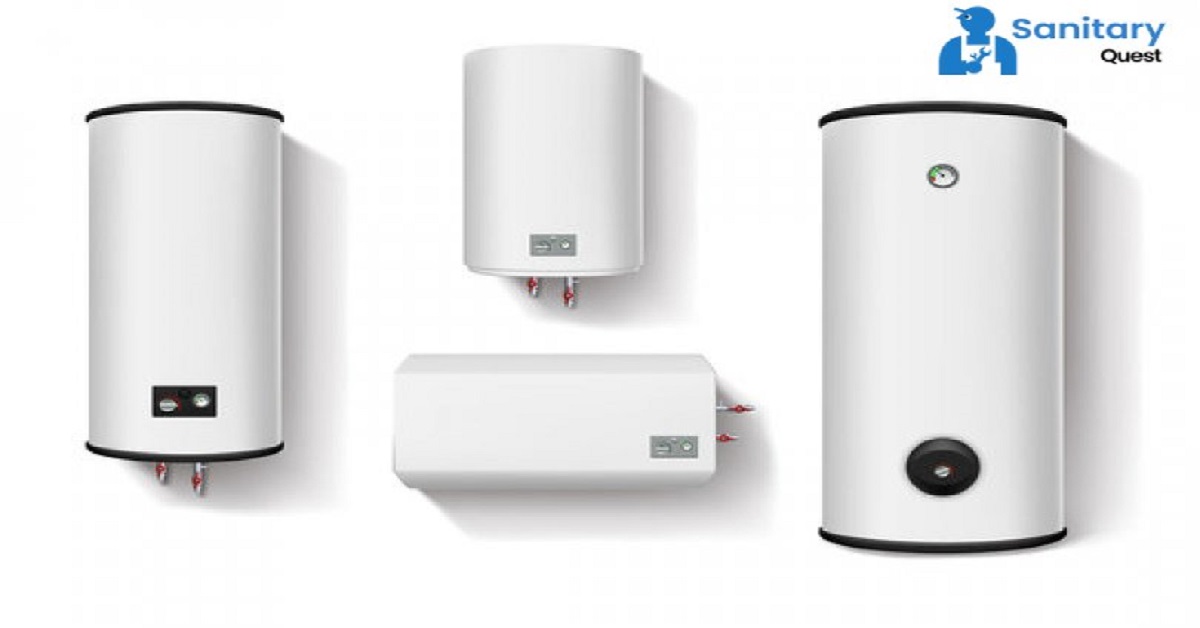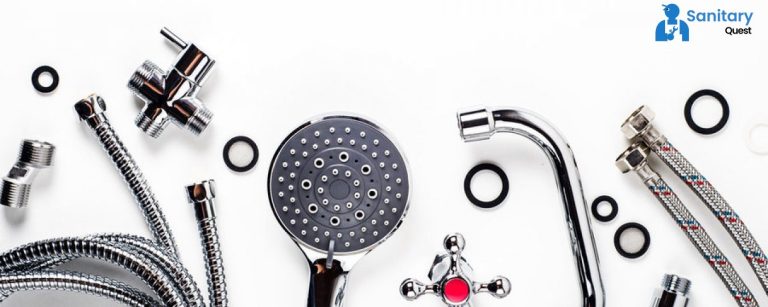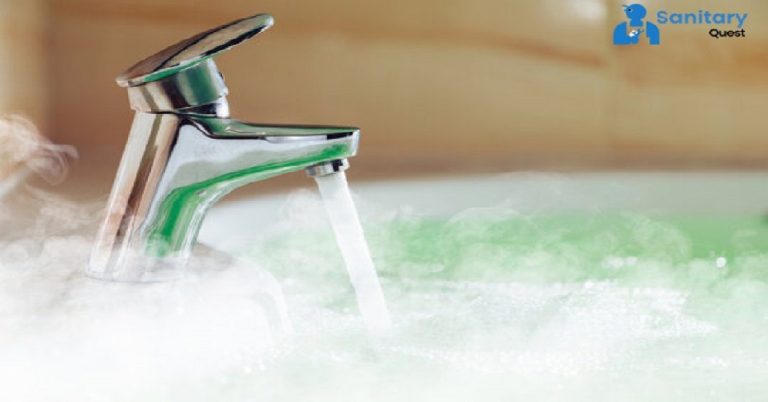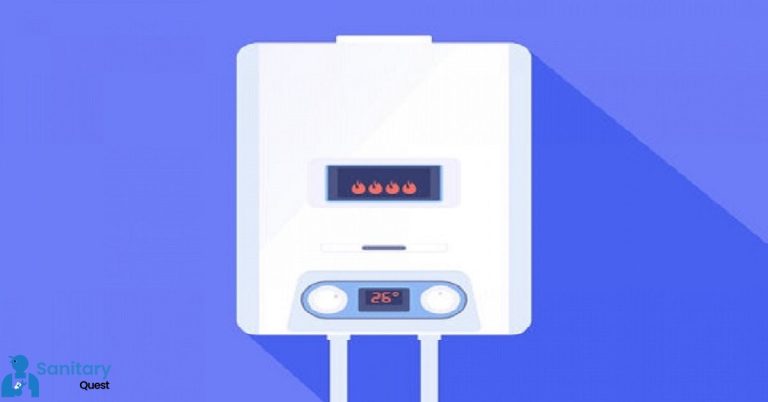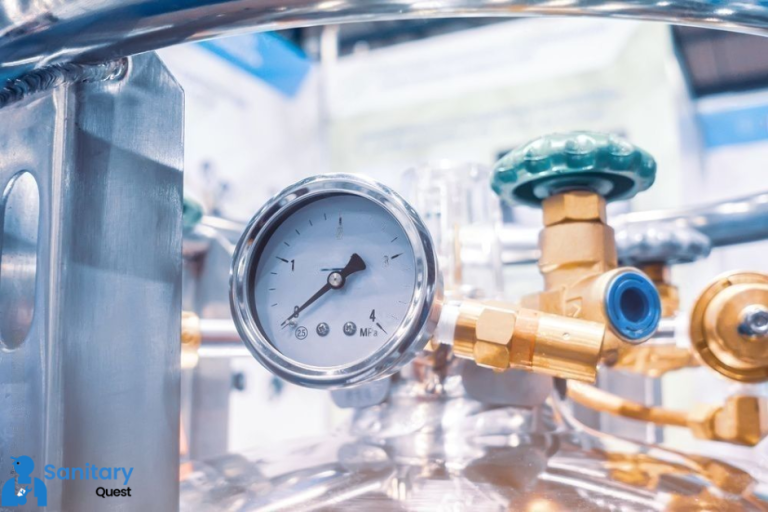Error Code 11 on Your Rinnai Tankless Water Heater? Here are 5 Areas to Check
There is a chance that your Rinnai tankless water heater will show an error 11 on its display. This error number is very annoying since it not only means that the ignition is off and that there will be no hot water but there are also a variety of plausible explanations, which makes the problem code even more perplexing. This error number also indicates that there will be no hot water. Don’t worry; we will assist you in interpreting the error message so that you can proceed with troubleshooting and locating a solution to the issue that you are experiencing.
On a Rinnai tankless water heater, an error code 11 could emerge for a variety of different reasons, such as problems with the ignitor, gas supply, flame rod, venting, excessive moisture, and so on. It is vital to investigate the problem to put the right fix into action and get your water heater back up and running as soon as possible.
Let’s delve deeper into each topic and investigate the steps you may take to test and possibly resolve the issue.
Ignitor
- Check to verify whether the ignitor is producing a spark when the gadget is being cycled to see if it is working properly. If there is no spark, this may be an indication that there are components that are either damaged or loose or that the voltage on the electric board is not accurate.
- Check to see that the ignitor does not have any accumulation on it. If you discover that your equipment has built up a layer of dirt or carbon, you should ensure that you clean it following the advice that the manufacturer has supplied.
Gas Supply
- Have you turned on the gas supply to your home? Check any more gas-powered appliances you have, such as your stove, your clothes dryer, and so on.
- The gas pressure may be off, which can occur if dirt or debris becomes stuck in the system. This might cause the pressure to be off.
- If the Rinnai water heater was only recently installed, the gas lines may require having the air purged from them.
Flame rod
- Perform a thorough inspection of the flame rod, checking to see that the wiring appears to be in good shape and that all connections look to be stable.
- Check to see whether the flame rod or the gasket has any dirt or debris on it, and clean it if it does. If any of the components look cracked or otherwise flawed, they will need to be replaced.
Venting
- Remove any obstructions that may have formed in the intake and exhaust vents.
- A decrease in airflow and a buildup of residue on the flame rods might be caused by faulty venting components or installation.
Water and moisture
- Examine the device for any telltale signs of leaks or excessive moisture, both of which could cause the components to rust or disrupt the electrical connections.
- Examine the drainage system of the condensate for the condensing units.
FAQs
Q1: How do I repair error code 11 on my Rinnai heater?
Error code 11 on a Rinnai heater typically indicates an ignition failure. To address this issue, first, ensure the gas supply to the unit is uninterrupted. Then, reset the heater by turning it off and on again. If the error persists, check for any blockages in the gas line or any potential issues with the igniter or flame rod.
Q2: How can I examine my Rinnai tankless error code?
To view the error code on your Rinnai tankless heater, you typically need to access the control panel. When an issue arises, the unit’s display will showcase a two-digit error code, signaling the specific problem. Check the manual that came with your Rinnai heater to match the displayed error code with the corresponding issue and recommend actions for troubleshooting or resolution.
Q3: What does 11 signify on a water heater?
The error code 11 on a water heater often indicates an ignition failure. This means that the heater is having trouble igniting or firing up properly. It could be due to issues with the gas supply, the igniter, or the flame rod. If you encounter this error, it’s a good idea to check the gas supply and ensure it’s connected and not interrupted.
Q4: How do you check a Rinnai ignitor?
To check a Rinnai ignitor, you can start by ensuring it’s getting power. Turn off the power supply and carefully disconnect the ignitor wires. Using a multimeter set to measure resistance, test the continuity of the ignitor by placing the multimeter probes on the ignitor terminals. If there is no continuity or if the reading is significantly high, it indicates a faulty ignitor that might need replacement.

